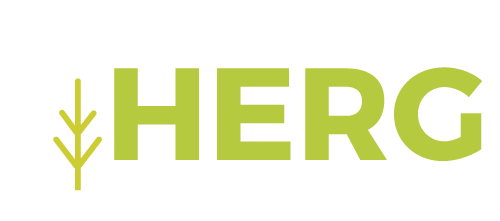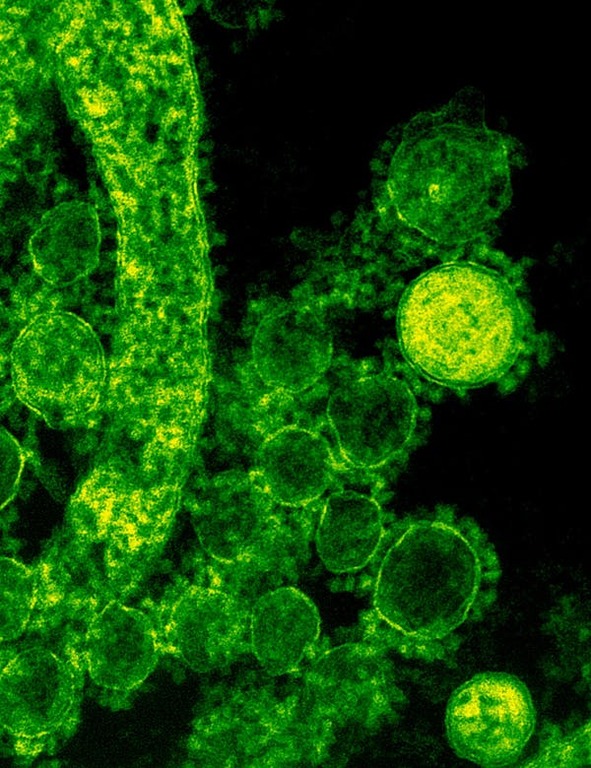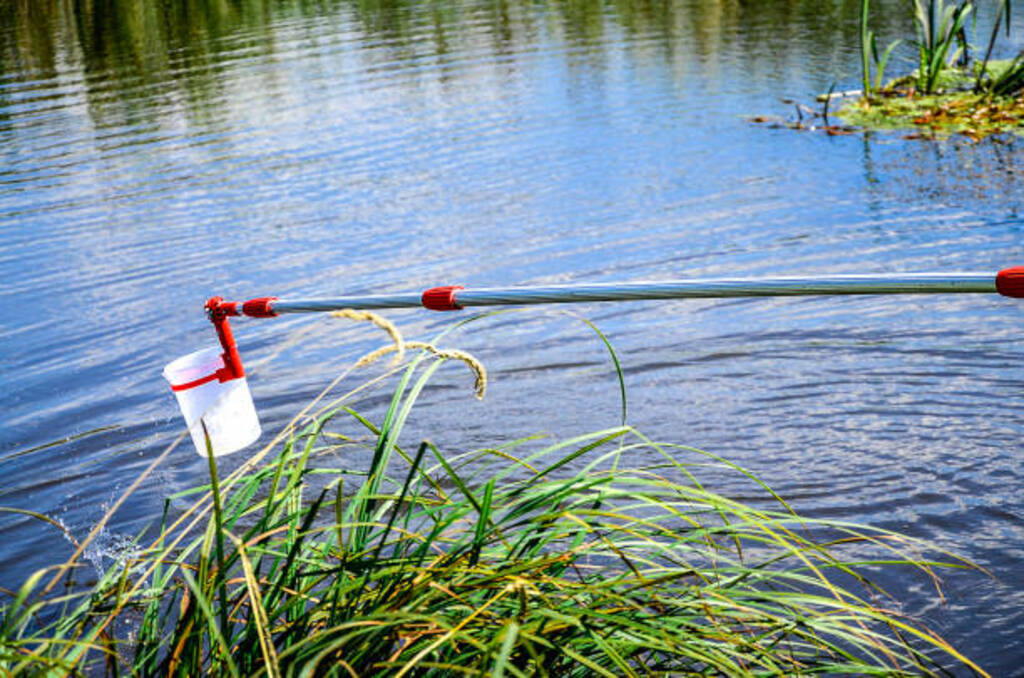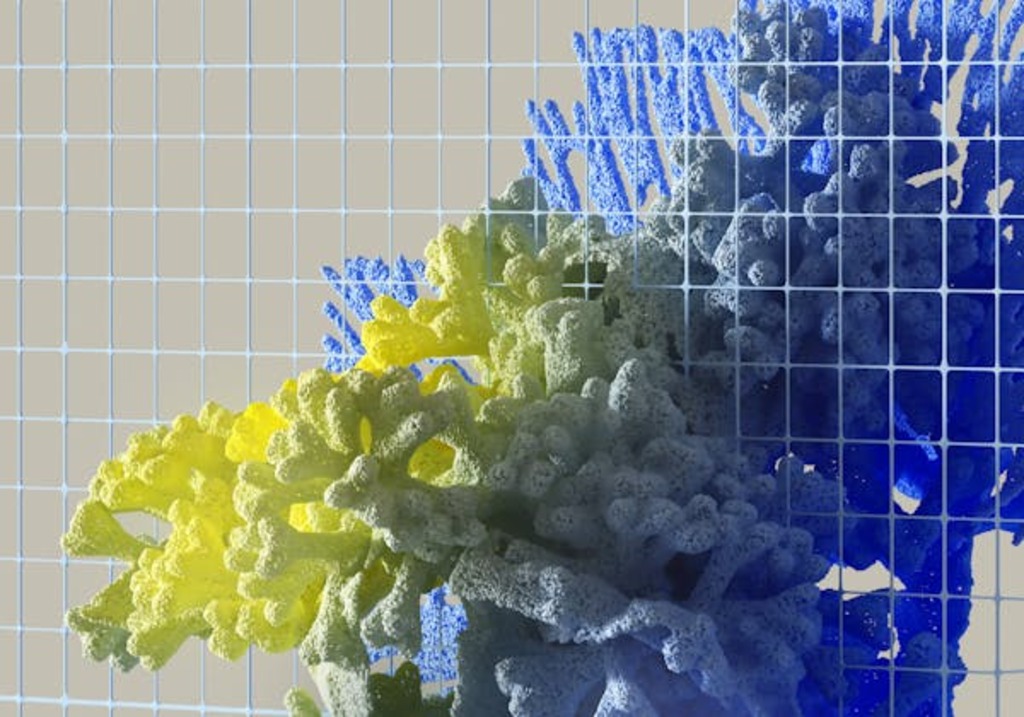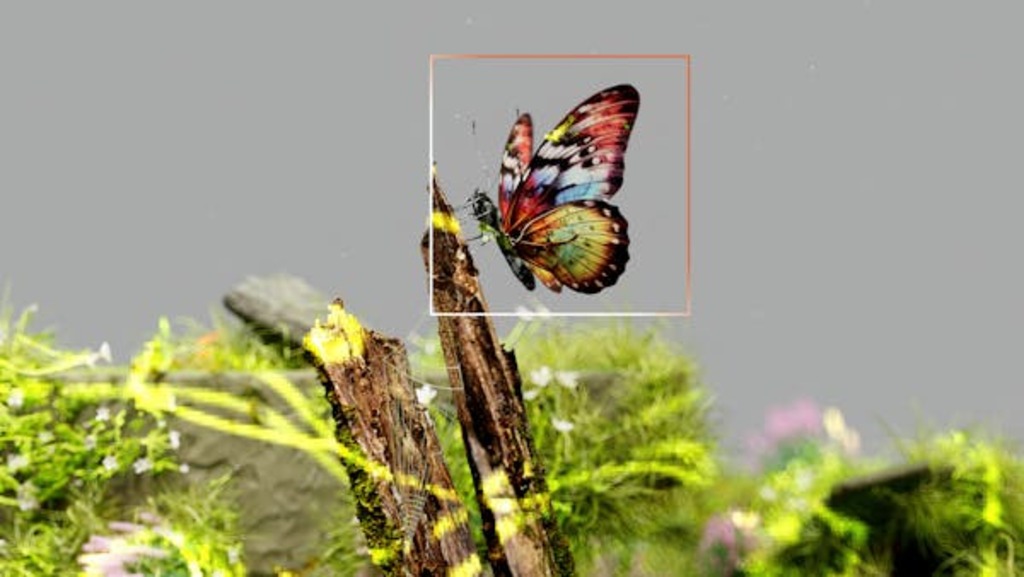Overview
Hydrobiology is the scientific study of the biological aspects of water bodies, encompassing the interactions between aquatic organisms and their environment. This field examines both freshwater (limnology) and marine ecosystems, exploring the complex relationships within these habitats. Ecosystems research, on the other hand, takes a broader view, studying the interactions among organisms as well as between organisms and their physical environment across all types of ecosystems, whether aquatic or terrestrial.
Key Concepts in Hydrobiology
- Aquatic Organisms: Hydrobiology focuses on a wide range of organisms, including microscopic phytoplankton, large fish, and aquatic plants. It investigates their life cycles, population dynamics, and roles within their ecosystems.
- Water Quality: Understanding the biological indicators of water quality, such as the presence of certain algae or invertebrates, helps in assessing the health of aquatic environments.
- Nutrient Cycles: The cycling of nutrients like nitrogen and phosphorus through aquatic ecosystems is crucial for maintaining the productivity and balance of these habitats.
Major Areas of Ecosystems Research
- Biodiversity and Conservation: Ecosystems research emphasizes the importance of biodiversity for ecosystem resilience and function. Conservation efforts often focus on preserving diverse species and their habitats.
- Climate Change Impact: Researchers study how climate change affects ecosystems, including shifts in species distributions, changes in phenology, and alterations in ecosystem services.
- Ecosystem Services: This area explores the benefits that ecosystems provide to humans, such as clean water, food, and recreation. Understanding these services is vital for sustainable management.
Methods and Approaches
- Field Studies: Both hydrobiology and ecosystems research heavily rely on fieldwork to collect data on species, water quality, and environmental conditions.
- Laboratory Analysis: Samples from the field are often analyzed in laboratories to determine chemical compositions, biological activity, and other parameters.
- Modeling and Simulation: Researchers use computational models to predict changes in ecosystems and to simulate the impacts of different environmental stressors.
Remote Sensing: Satellite imagery and aerial photography provide large-scale data on ecosystem changes, land use, and vegetation cover.
Applications
- Environmental Monitoring: Regular monitoring of aquatic ecosystems helps detect pollution, eutrophication, and other issues early, allowing for timely intervention.
- Habitat Restoration: Restoring damaged ecosystems, such as wetlands or coral reefs, requires an in-depth understanding of hydrobiology and ecosystem dynamics.
- Policy Development: Scientific research informs policies related to water management, conservation, and sustainable development.
Challenges and Future Directions
- Anthropogenic Impacts: Human activities like agriculture, urbanization, and industrialization pose significant threats to aquatic and terrestrial ecosystems.
- Integrative Approaches: There is a growing need for integrative approaches that combine hydrobiology with socio-economic factors to develop holistic solutions for ecosystem management.
- Technological Advancements: Advances in genetic research, biotechnology, and environmental monitoring tools are opening new frontiers in understanding and preserving ecosystems.
Hydrobiology and ecosystems research are crucial for sustaining the health and functionality of our planet’s diverse environments. Through continued study and innovative management strategies, we can mitigate the impacts of human activity and ensure the longevity of these vital ecosystems.
